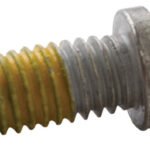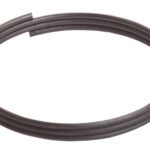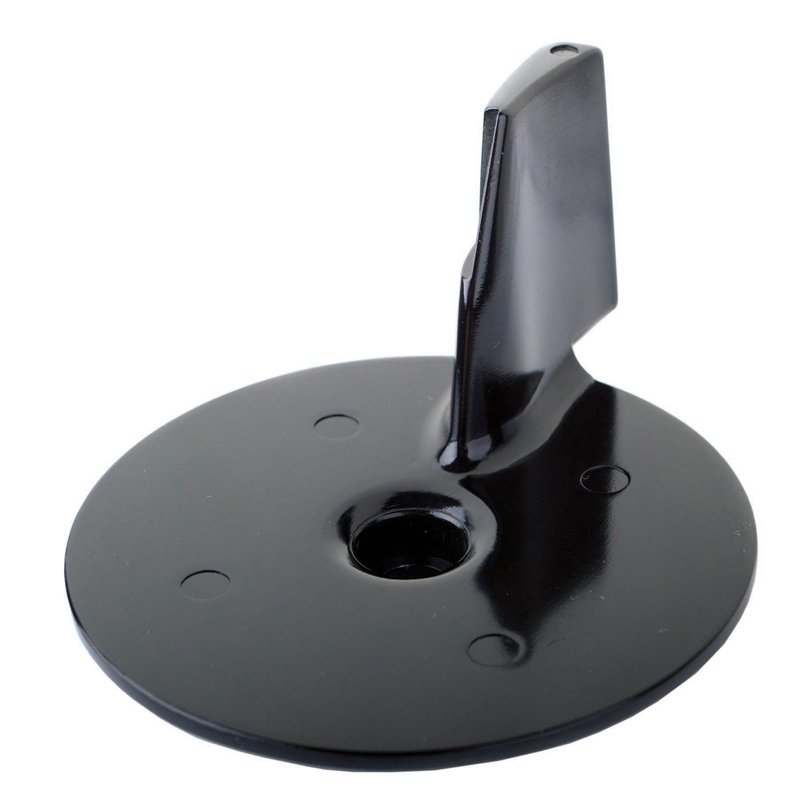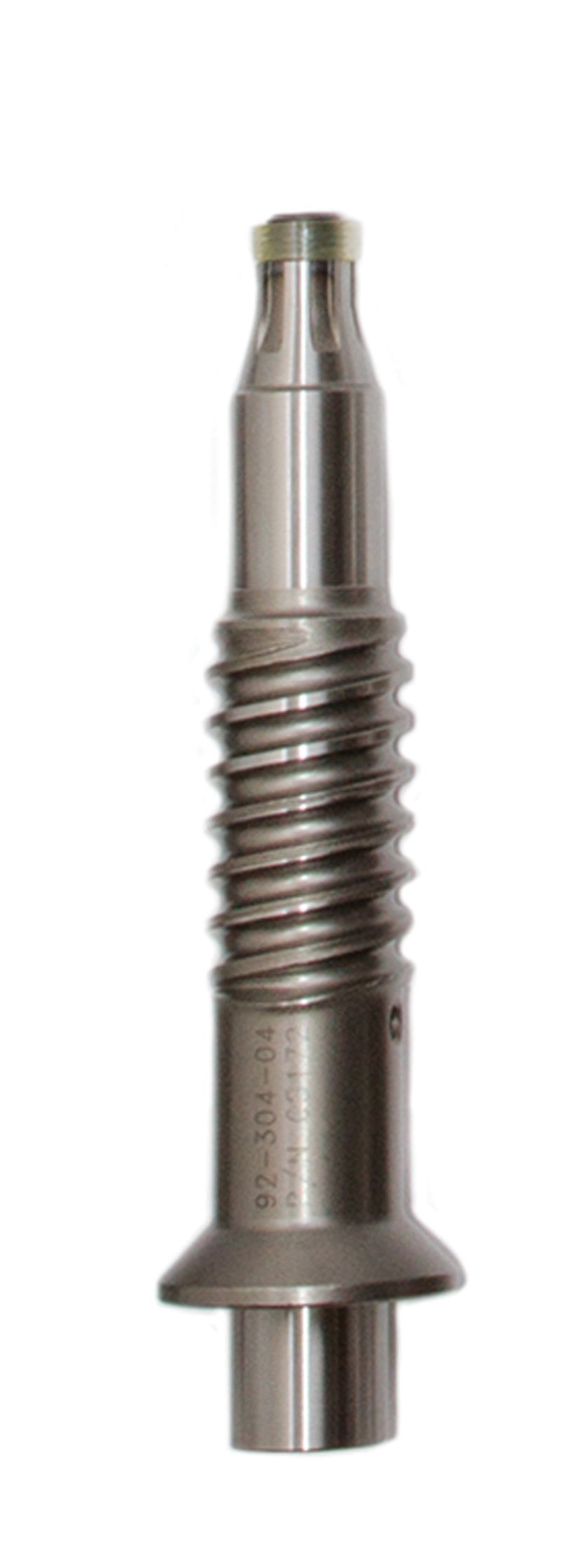
SCREW, TRIM TAB
March 11, 2024
SPRING, CLUTCH DOG PIN
March 11, 2024
Description
- Function: The trim tab is used to adjust the angle of the control surface, thereby influencing the vehicle’s pitch, roll, or yaw characteristics. By deflecting the trim tab up or down, pilots or boat operators can fine-tune the vehicle’s stability, control, and performance, especially at different speeds and load conditions.
- Design: Trim tabs come in various shapes and sizes depending on the specific application and vehicle design. They are typically mounted near the trailing edge of the control surface and can be adjusted manually or with the assistance of hydraulic or electric actuators. The tab itself may be flat or contoured, with a smooth surface to minimize drag and turbulence.
- Operation: Adjusting the trim tab alters the airflow or water flow over the control surface, causing it to exert a corrective force on the vehicle. For example, deflecting the trim tab downward on an aircraft’s elevator can raise the nose of the aircraft, while deflecting it upward can lower the nose. Similarly, adjusting the trim tab on a boat’s rudder can help counteract propeller torque or uneven weight distribution.
- Effects: Trim tabs provide finer control and adjustments than primary control surfaces alone, allowing pilots or boat operators to optimize the vehicle’s performance for various flight or sea conditions. They can help reduce drag, improve fuel efficiency, and enhance overall handling and stability.
- Installation: Trim tabs are typically installed during the construction or retrofitting of boats or aircraft. They are mounted securely to the control surface using screws, bolts, or other fasteners, and their angle of deflection can be adjusted as needed to achieve the desired trim settings.
- Maintenance: Regular inspection and maintenance of trim tabs are essential to ensure they remain in proper working condition. This includes checking for damage, corrosion, or wear on the tab itself, as well as inspecting the mounting hardware and linkage mechanisms for signs of looseness or failure.




